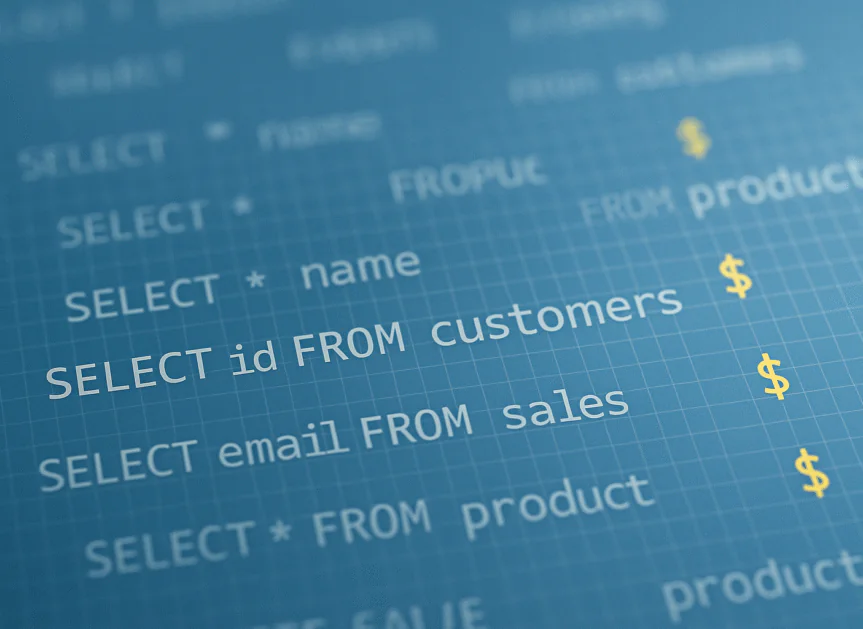Continuous Data Cost Control
What Is Continuous Data Cost Control?
Continuous data cost control is an ongoing process of managing and optimizing the costs associated with storing, processing, and accessing data in cloud environments. Unlike traditional cost control methods that rely on periodic reviews and manual interventions, continuous data cost control involves real-time monitoring, automation, and proactive adjustments to ensure that data-related expenses are kept in check at all times.
With organizations generating massive volumes of data daily, cloud storage and compute costs can escalate quickly if not properly managed. Continuous data cost control helps organizations monitor their data usage patterns and spending trends to detect anomalies, eliminate inefficiencies, and prevent budget overruns. This approach ensures that businesses maintain financial predictability and optimize their cloud infrastructure without compromising performance.
By automating cost monitoring and integrating optimization strategies into their data workflows, companies can achieve better visibility and control over their data-related expenses, making continuous cost control a critical aspect of cloud cost management.
Why Continuous Data Cost Control Matters
In modern cloud environments, managing data costs is more challenging than ever due to the dynamic nature of cloud services and the sheer volume of data being processed. Continuous data cost control is essential for several reasons:
1. Growing Data Volumes
Organizations today are collecting data from various sources, including IoT devices, customer interactions, and business applications. As data volumes grow exponentially, so do the associated storage and processing costs. Continuous cost control ensures that these costs remain manageable and aligned with the organization’s budget.
2. Preventing Cost Spikes
Unexpected cost spikes can occur when cloud resources are misconfigured or when usage patterns change suddenly. For example, a data pipeline might accidentally process duplicate records, causing unnecessary compute costs. Continuous monitoring helps detect these anomalies in real time, allowing businesses to take immediate action.
3. Aligning Costs with Business Value
Not all data provides equal value to an organization. Continuous data cost control helps businesses assess the cost-benefit ratio of their data storage and processing. By identifying low-value or redundant data, organizations can reduce waste and allocate resources to more critical operations that deliver higher business value.
4. Ensuring Budget Compliance
Cloud providers offer flexible pricing models based on usage, but this flexibility can lead to budget overruns if costs are not monitored closely. Continuous data cost control ensures that organizations stay within budget by providing real-time visibility into cloud expenses.
How Continuous Data Cost Control Works
Continuous data cost control relies on a combination of real-time monitoring, automation, and optimization techniques to manage data-related expenses.
1. Real-Time Monitoring
Continuous cost control starts with real-time monitoring of data usage and cloud expenses. Tools and dashboards provide visibility into how much data is being stored, processed, and accessed, along with the associated costs.
2. Automated Alerts and Notifications
Continuous data cost control tools often include automated alerts and notifications. These alerts are triggered when spending exceeds predefined thresholds or when unusual usage patterns are detected.
3. Data Lifecycle Management
A key component of continuous cost control is managing the lifecycle of data. This involves setting policies for data retention, archiving, and deletion to ensure that data is stored cost-effectively.
4. Cost Optimization Recommendations
Many continuous data cost control tools provide automated recommendations for optimizing cloud costs. These recommendations may include actions such as rightsizing compute instances, deleting unused resources, or compressing data to reduce storage costs.
Key Benefits of Continuous Data Cost Control
Implementing continuous data cost control provides several key benefits that help organizations achieve financial predictability and optimize their cloud infrastructure:
1. Reduced Cloud Costs
Continuous monitoring and optimization help organizations identify and eliminate unnecessary expenses, resulting in significant cost savings over time. By detecting anomalies early, businesses can prevent budget overruns and reduce waste.
2. Improved Financial Predictability
With continuous cost control, organizations gain real-time visibility into their cloud expenses. This enables better budget forecasting and financial planning, reducing the risk of unexpected cost spikes.
3. Enhanced Operational Efficiency
By automating the process of monitoring and optimizing data costs, organizations can reduce the manual effort required to manage cloud expenses. This allows IT teams to focus on more strategic initiatives rather than firefighting cost issues.
4. Increased Accountability
Continuous data cost control enables organizations to allocate costs to specific teams, projects, or departments, increasing accountability for cloud spending. This ensures that teams manage their resources more responsibly.
Strategies for Implementing Continuous Data Cost Control
To achieve effective continuous data cost control, organizations should adopt the following strategies:
1. Use Cloud Cost Monitoring Tools
Implement cloud cost monitoring tools that provide real-time visibility into data usage and expenses.
2. Set Cost Thresholds and Alerts
Establish cost thresholds for different cloud services and configure alerts to notify administrators when spending exceeds those limits.
3. Implement Data Retention Policies
Set data retention policies to manage the lifecycle of data. Regularly archive or delete old and unused data to reduce storage costs.
4. Conduct Regular Cost Reviews
Schedule regular reviews of cloud expenses to identify trends and optimize costs further.
Challenges in Continuous Data Cost Control
Continuous data cost control poses significant challenges for data-driven organizations managing cloud-based data platforms like Snowflake. One key difficulty is unpredictable cost spikes, often caused by inefficient queries, improper data retention policies, or frequent ingestion of small files, which accumulate file overhead fees. Another challenge is limited visibility into data usage and cost attribution, making it hard for teams to pinpoint the sources of high expenses across various pipelines and workloads. Moreover, balancing performance and cost-efficiency in real-time data operations requires careful monitoring, as serverless services like Snowpipe incur fixed costs per file and demand efficient file sizing. Finally, managing stakeholder expectations around continuous cost optimization is complex, given the trade-offs between speed, cost, and data accuracy.








